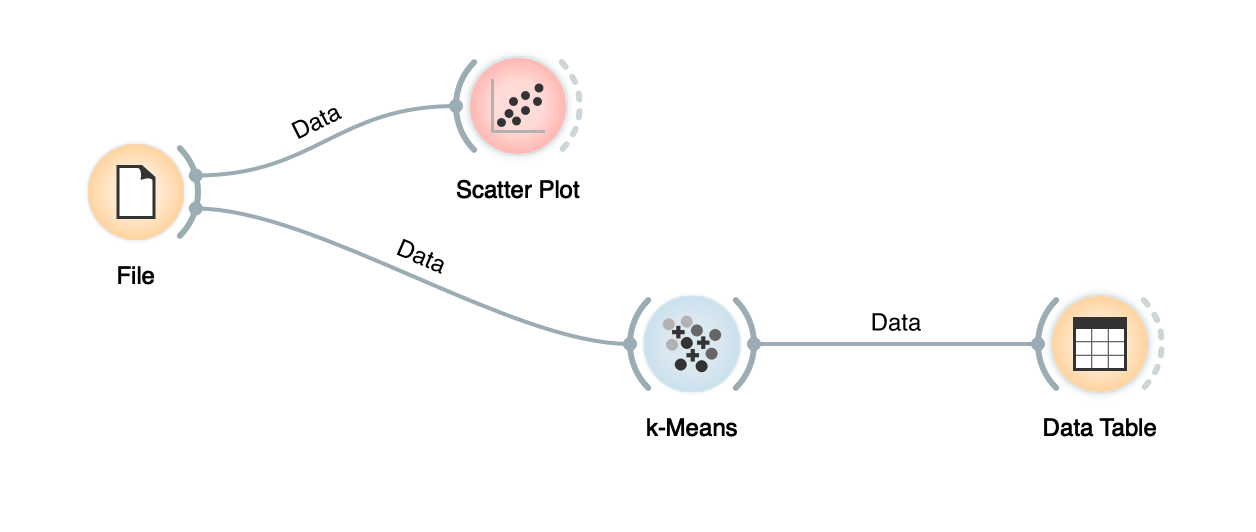As you mentioned, Orange is a data mining software developed by the University of Ljubljana. It can be used for developing and testing machine learning models as well as conducting exploratory data analysis and visualization.
One of the unique features that makes Orange "special" is its simplicity and ease of use. This is because components in Orange are drag and drop and widget-based. This means instead of needing to write Python code to import a data file and pass it through an algorithm, this can be done by connecting two widgets. Another feature is its specific widgets for things like Bioinformatics and Spectroscopy. It has built-in modules for a wide range of fields which make it easy to work with various types of data from different applications.
Personally, I think some of the benefits of Orange include its rich visualizations, interactive models, and speed. I code mostly in Python but often use Orange to get a quick look at what the data looks like or cross validate a model's performance I am developing elsewhere very quickly. I also think its interactive KMeans and Gradient Descent widgets are great tools for understanding what is happening with these algorithms under the hood.
One of the drawbacks is that it is not enormously robust for working with large datasets. Datasets that may work well in Python may make Orange crash. This is why it is best suited for smaller projects, pedagogical purposes, or exploratory data analysis.
Below is an example snapshot of what an Orange workflow would look like:

Bottom line: I think every data scientist should have some familiarity with Orange to add more tools to their toolkit. Easy and quick to learn, worth the effort.

